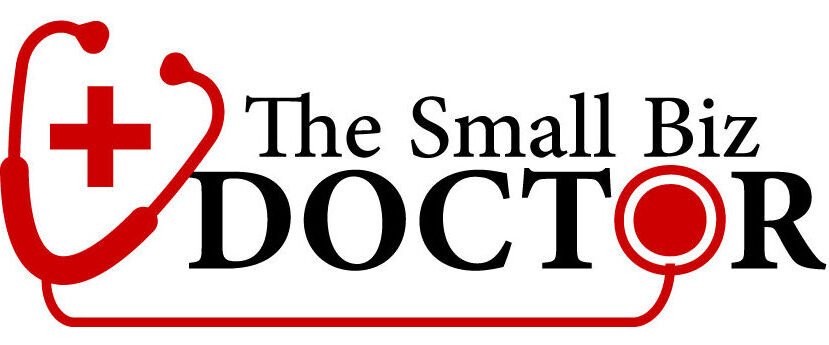
Understanding Financial Health Indicators
As a small business owner, understanding your company’s financial health is critical to long-term success. A financially healthy business can weather challenges, seize opportunities, and grow sustainably, while warning signs of trouble can signal the need for immediate action. But how do you know if your business is on solid ground? In this guide, we’ll explore the key signs your business is financially healthy (or not) and offer tips to strengthen your financial position.
What Does Financial Health Mean for Your Business?
Financial health reflects your business’s ability to generate revenue, manage expenses, and maintain stability. It’s not just about profits—it’s about cash flow, debt management, and preparedness for the future. Let’s break down the signs of a financially healthy business and the red flags that indicate trouble.
Signs Your Business Is Financially Healthy
1. Consistent Positive Cash Flow
Cash flow is the lifeblood of your business. If you consistently have more money coming in than going out, it’s a strong sign of financial health. This means you can cover expenses, pay yourself, and invest in growth without relying on loans.
What to look for: Regular review of your cash flow statement shows steady inflows from sales or services. Learn more in our guide on how often to review financial statements.
2. Healthy Profit Margins
Profitability is a key indicator of financial health. If your revenue exceeds expenses and your profit margins are stable or growing, your business is likely in good shape.
What to look for: Your income statement shows consistent profits, and your gross and net profit margins align with or exceed industry standards.
3. Low Debt-to-Income Ratio
A low debt-to-income (DTI) ratio means your business isn’t overly reliant on borrowed funds. This signals to lenders and investors that you manage debt responsibly.
What to look for: Your balance sheet shows manageable debt levels compared to revenue. A strong DTI ratio also helps when securing loans—see our post on bookkeeping for business loans.
4. Growing Revenue Trends
A financially healthy business shows steady or increasing revenue over time. This indicates strong customer demand and effective business operations.
What to look for: Year-over-year revenue growth in your financial reports, even if incremental.
5. Emergency Cash Reserves
Having 3-6 months of operating expenses saved in a cash reserve is a hallmark of financial health. It ensures you can handle unexpected challenges, like economic downturns or equipment failures.
What to look for: A dedicated savings account with enough to cover at least a few months of expenses.
Red Flags Your Business May Be Struggling
1. Negative or Inconsistent Cash Flow
If you’re constantly scrambling to pay bills or relying on credit to cover expenses, your cash flow may be a problem. Negative cash flow can indicate overspending or insufficient sales.
What to do: Create a cash flow forecast to plan ahead. Check out our guide on creating a financial roadmap.
2. Declining Profit Margins
If your expenses are rising faster than revenue or your profits are shrinking, it’s a warning sign. This could stem from inefficient operations or increased competition.
What to do: Review your income statement to identify cost-cutting opportunities or areas to boost revenue.
3. High Debt Levels
A high debt-to-income ratio or missed debt payments can signal financial distress. Excessive debt burdens your cash flow and lowers your business’s valuation.
What to do: Work with a bookkeeper to manage debt and improve your financial profile. Learn how bookkeeping impacts valuation in our article on bookkeeping for business valuation.
4. Late or Inaccurate Financial Records
Disorganized or outdated books can hide financial issues and make it hard to assess your business’s health. It also undermines credibility with lenders or investors.
What to do: Partner with a virtual bookkeeper for accurate, timely records. Discover the benefits in our post on hiring a virtual bookkeeper.
5. Dependence on a Single Revenue Source
Relying heavily on one client, product, or service puts your business at risk. If that source dries up, your financial health could take a hit.
What to do: Diversify your revenue streams to reduce risk and stabilize income.
How to Strengthen Your Financial Health
To maintain or improve your business’s financial health:
- Keep Accurate Records: Use cloud-based accounting software for real-time insights.
- Monitor Key Metrics: Track cash flow, profit margins, and debt levels regularly.
- Work with a Virtual Bookkeeper: Ensure your books are accurate and compliant.
- Plan Strategically: Build a financial roadmap to set and achieve goals.
- Build Reserves: Save consistently to prepare for unexpected challenges.
Why Financial Health Matters
A financially healthy business is better positioned to grow, attract investors, and weather economic storms. By recognizing the signs of strength and addressing red flags early, you can take control of your business’s future. A virtual bookkeeper can help you stay on top of your finances with ease and precision.
At Small Biz Doctor, we specialize in helping small business owners achieve financial health through expert virtual bookkeeping services. Ready to strengthen your finances? Contact us today to get started!
CTA: Don’t let financial uncertainty hold you back. Get in touch with our team to ensure your business is financially healthy and thriving!




